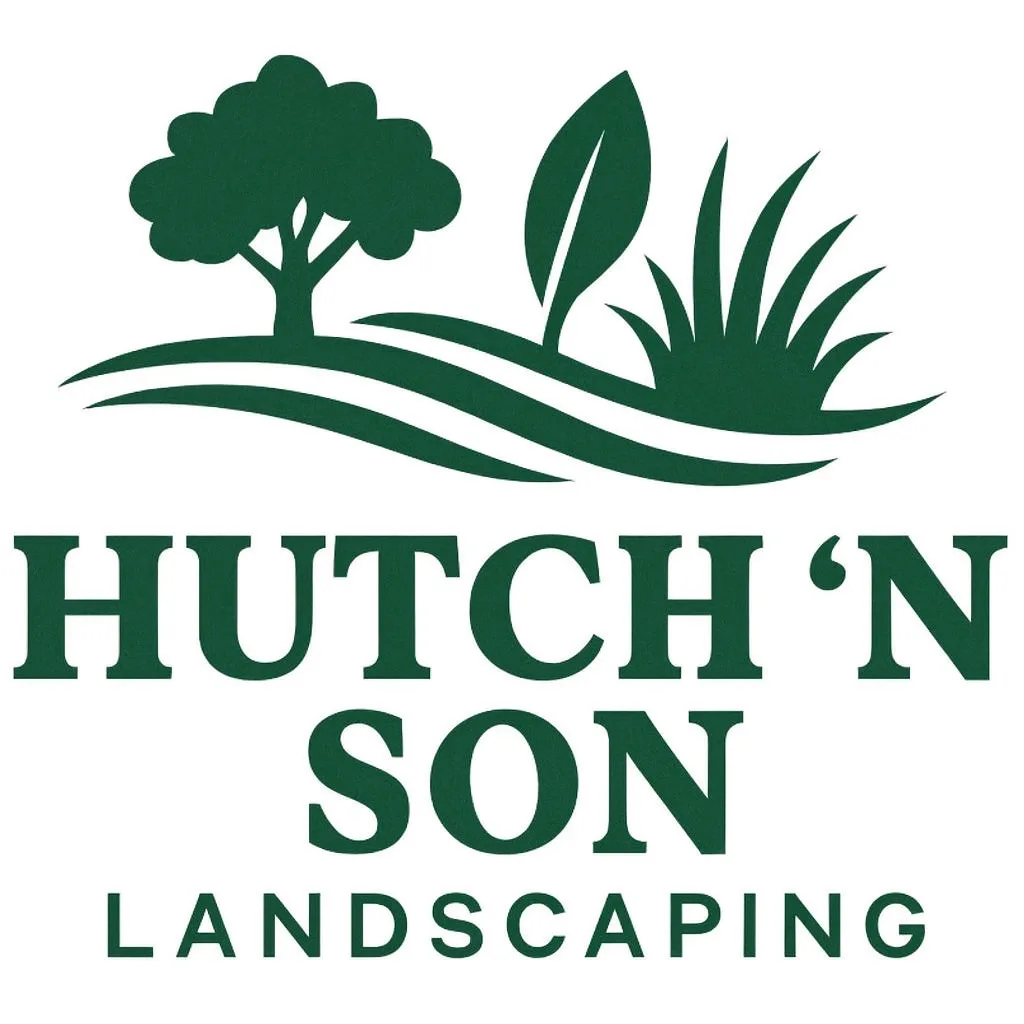A lot of Asheville properties have small yards. That’s just the reality of living in town. But small doesn’t mean boring, and it definitely doesn’t mean you can’t have a beautiful outdoor space.
In fact, some of our best projects have been in tiny yards where every square foot had to count.
Think Vertical
When you don’t have much ground space, go up. Trellises, arbors, and vertical planters add dimension without eating up your footprint. We’ve used climbing roses, clematis, and even vegetable vines to create living walls that are gorgeous and functional.
A fence isn’t just a fence. It’s a blank canvas for hanging planters, wall-mounted containers, or espalier fruit trees. You’d be amazed how much you can grow on a vertical surface.
Create Zones
Even in a small space, you can have different areas that serve different purposes. A tiny patio for your morning coffee. A few feet of garden for growing herbs. A small patch of lawn where the dog can run.
Use different materials or low plantings to define these spaces. It makes the yard feel bigger because there’s more going on.
Choose Plants Carefully
In a small yard, every plant has to earn its place. Look for things that give you multiple seasons of interest. A dogwood gives you spring flowers, summer shade, fall color, and interesting winter bark. That’s four seasons of value from one tree.
Avoid plants that get huge or spread aggressively. You don’t have room for a plant that’ll take over everything.
Use Containers
Containers give you flexibility that in-ground planting doesn’t. You can move them around, swap out plants seasonally, and put color exactly where you want it.
Group containers at different heights for more visual interest. Use them to define edges or create focal points.
Make It Feel Bigger with Paths
A simple path does something interesting to a small space. It makes it feel like there’s somewhere to go, even if it’s just a few feet. A path draws your eye through the space instead of letting it stop at the fence.
Use stepping stones, gravel, or mulch. It doesn’t have to be elaborate.
Add One Strong Focal Point
In a small yard, you don’t want a bunch of competing elements. Choose one thing to be the star. Maybe it’s a small water feature, a beautiful specimen plant, or a piece of garden art.
Everything else should support that focal point, not fight with it.
Use Lighting
Good lighting makes a small space usable after dark, which effectively doubles your time enjoying it. It also adds depth and dimension that isn’t there during the day.
String lights create atmosphere. Path lights add function and safety. Uplighting on a tree or architectural element creates drama.
Keep It Simple
This is probably the most important advice for small yards. Resist the urge to cram in too much. A simple, well-executed design will always look better than a cluttered, busy one.
Pick a limited color palette. Repeat plants instead of using one of everything. Leave some open space.
Think About Scale
Use furniture and features that fit the space. A huge dining set in a tiny yard feels wrong. Smaller-scale furniture and narrow planters maintain proper proportions.
Same goes for plants. A tree that’ll hit 40 feet is wrong for a small yard. Choose dwarf or compact varieties.
Consider Multi-Purpose Elements
In a small space, things that do double duty are your friend. A low wall can be seating and a planter. A shed can have a green roof. A fence can provide privacy and support climbing plants.
Real Example from Our Work
Last year, we worked on a yard in West Asheville that was maybe 600 square feet total. The homeowners wanted a vegetable garden, a place to sit, and room for their dog.
We put in raised beds along one fence for vegetables, used the opposite fence for vertical plantings, created a small gravel patio with bistro furniture, and left the center open with durable groundcover instead of grass.
They got everything they wanted, and it doesn’t feel cramped at all.
Small yards can be incredible outdoor rooms. They just need thoughtful design that makes the most of what you’ve got.

